|
Wow, I made it! I can’t believe it, TRIP is coming to a close and I must say there has been a crazy lot of things going on! My independent project has drawn to a close and I received awesome… and interesting results. For my project I decided to test the effect of Duloxetine (more commonly known as Cymbalta) on mood and larval memory. Duloxetine is an antidepressant, so I figured it would slow down brain activity in flies. Doing this project made me look at two completely different stages of the fruit fly life cycle: larvae and adults. I really liked doing this, even though it sometimes brought crazy, eventful classes. My assays (particularly larval memory) required a lot of time… however, I liked the area of focus. I thought social space was much easier: trap flies in a tight space and take pictures every 5 minutes. No big deal! It was an awesome feeling to analyze my own results. I came to the conclusion that Duloxetine does in fact negatively impact mood and larval memory. As TRIP draws to a close, I find myself reflecting back on the course. Honestly, I think it’s hilarious how I went from not knowing how to use a pipette to being able to conduct experiments all on my own. The course itself was very self-rewarding, but you have to be willing to put the work in for those rewards. I must say that TRIP has contributed to helping me look at science in a new way, and I can’t wait to conduct more of my own experiments in the future. I will miss everyone who participated in TRIP and the course itself… but let’s be honest, I am happy to be able to have my Saturdays back!
0 Comments
A good portion of my life was spent intimidated by science. Maybe it was the vocabulary? Maybe it was because no one in my immediate family was a science enthusiast? What I do know is that there was no reason to be. Science is awesome! Science is challenging! Science is something I want to spend the rest of my life doing. The intimidation I experienced drifted away and for the last couple of years, science has been what makes me exceptionally happy. My passion for science has been cultivated throughout high school and with help from stupendous science teachers; I able to prevent doubt from filling my brain. Then, my Biology teacher informed me about this program, TRIP Initiative. My mind began racing, once again. Instead of only fear, there was pure excitement filling my mind.
Being in this program has been one of the most unique experiences I have had the privilege of being a part of during my lifetime thus far. I was able to explore science outside of my school classroom. There was not pre-established directions to follow, rather one's own curiosity paved the way. My interest led me to test vitamin D3 and circadian rhythms. I investigated whether D3, a hormone synthesized by the sun, had an effect on alertness/sleepiness. Essentially, does an increased amount of vitamin D3 make flies more active? Does it influence circadian rhythms? I was curious to see if vitamin D3 could make possible sleep deprived flies more active. I did this by exposing the flies to light 24/7. The results showed that D3 did improve fly activity in a normal condition and also when exposed to the constant light setting. Wow! I just hypothesized and tested my own scientific questions. The scientific method has unfolded before my eyes! Conducting science outside of my high school classroom has allowed me to explore science in my free time. It has given me more reasons to believe in myself. From this blog post take away the idea: if you have ever felt intimidated or scared of something go and do more of it. You never know you just may end up making friends building a family, and finding what you love to do along the way. 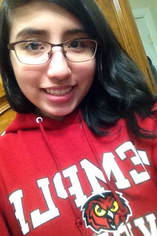 It’s been a wild ride these past couple of months, learning all about fruit flies and a little more about myself! The long journey ended on a good note with my final project. So for my final project, I decided to test if different colored light has an effect on the mood of flies. I know humans as well as many animals can have strong reactions to color. Certain colors might provoke fear or aggression. Others can provoke happiness or sadness. I want to see if fruit flies have any reaction to color. Specifically, I want to determine if human color perception is an innate or a learned process. Colors are all around us and affect how we feel about things. Advertising companies choose certain colors specifically to persuade us, but do these colors naturally make us feel emotion or is the emotion we feel taught to us by the world we live in? I can attempt to determine this with fruit flies because they are very genetically similar to us so they should process color in a similar way. Even though I’ve learned a lot about fruit flies through the different assays I’ve done for my final project like Social Space, I’ve also learned a little more about myself. I’m a graduating senior and I’m going to be an Honors student with a major in biochemistry on the pre-med track at Temple University this fall. Because of my major, I’ll have a lot of requirements and opportunities for lab work. Through TRIP, I’ve realized how time consuming lab work can be, especially data analysis. I’ve had to analyze two months worth of data! Having to go through this tedious process has taught me to be even more patient not only with my work but also with myself. I have to give myself credit where it’s due and not be so hard on myself, especially since I’ll be doing this much lab work and maybe even more in college. I’m glad to have been a part of the TRIP family and learn that even though I was discouraged, I was able to pick myself up again. With the TRIP experience in my tool belt, I can take the lessons TRIP has taught me and now face lab work in college and just in general life head on!
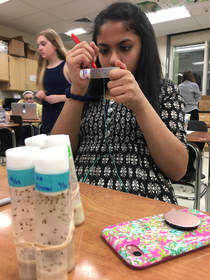 Hey! For the past 13 weeks, I have spent my Saturdays at William Tennent High School conducting research on fruit flies as a part of the TRIP Initiative, and let me tell you, I enjoyed every minute of it! Over the weeks, I learned a plethora of things. I faced failure, challenges, hours of planning, and finally, the sweet smell of success. For the first few weeks, I started off learning how to make fly food, augment the flies’ diet with a drug, give them head trauma, and much more. As a girl with a huge fear of all things creepy-crawly, I had my doubts; it would not have been surprising if I ran out of the room the very first day we started sorting flies. I suppose I had more of an iron stomach than I previously thought because I faced my fears and now flies are a walk in the park! The fifth week of the program, we were faced with our first presentations. One thing you should know about me is that I love to talk and present, so I was very comfortable with the assignment. But, even though I was confident in presenting, I had never given a scientific talk before, so I learned a great deal about how to present findings, engage the audience, and give a successful academic talk. I am hoping to use these skills I learned to deliver a great talk about my independent project at the final symposium next weekend! Speaking of my independent project, let’s take a trip down memory lane… in my last blog post I explained my project, so here is a quick recap: Based on some studies I read in journals online, I decided to test if nicotine can increase memory and cognitive functioning in disoriented flies, with Alzheimer’s in mind as the human application. Over the span of about 8 weeks, I conducted this project. My first day, I hit a challenge: how was I going to get the nicotine? I started with nicotine gum which crashed and burned as only the mint coating came off of the pieces. I then worked with Dr. Purdy and Miss P to figure out another way to get the nicotine. We ended up soaking the nicotine out of the tobacco in cigarettes and… SUCCESS! I then moved on to the actual assays. After three trials of larval memory assays, I found that nicotine caused a slight improvement in memory in the heat shocked, stressed flies (YAY!). I then tested the question of how long can the benefits outweigh the negative effects of ingesting nicotine through the negative geotaxis assay which measures general activity levels. I found that too much nicotine significantly slows down the flies. In the future, I hope to be able to continue my research and determine the perfect benefits of nicotine which would maybe outweigh the negative effects in hopes of finding a treatment for memory loss! Finally, I want to dish about my experience in the TRIP Initiative. I LOVED IT! As a science-lover, it was the perfect environment for me. My labmates had the same interests as me and were super supportive. I am so glad I was able to meet them and become friends! The teachers were awesome too! They are so knowledgeable and I learned so much from them. Yet, the program did not feel like a class or a chore. The teachers and my labmates made it so enjoyable. We were goofy, made jokes, took crazy random pictures, and it felt like a happy family. Whether it was watching Dr. Purdy try on my sunglasses, blasting rap music with Miss P, drawing with Dr. Gardener, or testing our sometimes questionable math skills with Dr. Leystra, the TRIP Initiative was an amazing experience and I am so grateful to have had the opportunity to participate in it!
The TRIP Experience was Very Valuable. 10/10 Would Strongly Recommend Taking Again! by Amer Ahmed7/23/2018 I cannot believe all 13 weeks of TRIP are already over! I’ve had so much fun, and it flew by so fast. If it weren’t for the multiple pages of Excel sheets from the Negative Geotaxis Assay, Centrophobism Assay, and Development Data, I wouldn’t believe you if you told me I had been working on my independent project for 6 TRIP sessions. I’ve experienced so much working in the lab, such as generating a hypothesis, designing my own experiment, learning lab techniques, analyzing data, and problem solving. It all has molded me into a better critical thinker and has allowed me to learn how to overcome failure. Learning how to do some of the assays at first was challenging, and learning how to manage my time fitting all so many assays in at once was even harder. Some of my first results were inconsistent because of some difficulties with the assay, but we can’t let the challenges in life obstruct us in our path to success. I had to consider different ways to do some things more efficiently, and cut out some parts that contributed the least but took out the most time. After modifying the experiment multiple times, I was pleased with my results. The Paraquat that simulated Parkinson’s symptom of slowness had flies that were significantly less mobile than the control, as measured by the negative geotaxis assay. This assay quantified how active flies were by evaluating what percent climbed more than half the vial 3 seconds after being knocked to the bottom. Certain doses of Vitamin B6 increased the mobility in both the control and Paraquat-treated flies; if it is too low a dose the mobility doesn’t increase enough, while too high a dose decreased rather than increased the mobility. Finding the golden middle ground between the two was also an obstacle I had to overcome. My overall conclusion is conditional, that the Vitamin B6 will help treat Drug-Induced Parkinsonism at a certain magnitude, but it did not cure the slow effects and symptoms completely. Doing all my own experiments and analyzing this data was all so exciting, and it really gave me autonomy in how to move proceed with each step. I would definitely recommend applying for TRIP because of how valuable all the experiences are and because of how much you learn from being in a lab. The faculty and peers are great, friendly, and supportive. If you are interested in research, science, or just considering STEM in general, I strongly advise you to take part in this program to help affirm your goals and passions. The most important lesson I learned from TRIP is how to overcome failure, which is incredibly useful everywhere, and can only be learned through experience. I have had a great time in this program, and I will never forget my time here and will be forever grateful for all that TRIP has taught me. Thank you for everything Dr. Purdy and the whole team at TRIP!
Hi! This is my final post as this TRIP session has come to a close, so I’m just going to take the opportunity to talk about my experience in TRIP and talk about the project I worked on for the past few months.
So, I’m going to start by talking about how my independent project went. For my independent project, I decided to attempt to give some of my flies Type 2 Diabetes (through giving them extra sugar), and then try to counteract those effects by giving them cinnamon (which has been suggested to decrease blood sugar levels in humans). Then, I planned on testing the activity levels of my flies to try and see which has the greater effect. I predicted that the cinnamon would increase activity levels in both adult flies and their progeny, while the extra sugar would decrease both. Upon concluding my tests, I was able to determine that while cinnamon increased activity levels in adults, it decreases activity in the progeny, while sugar increased activity levels in both. Before I end this post, I just want to talk a bit about my experience in TRIP. This experience has been incredibly interesting, and I’ve learned a lot about various lab techniques and learned what it’s like to work in a lab environment, which was one of the reasons why I applied. While some parts of the course were more challenging than others (especially at the beginning when I was getting used to all the new equipment and new techniques), the instructors and other students in the course were all very helpful, and I was able to figure out everything in the end. If you have any interest in science or lab research, this course will definitely help you in furthering your knowledge of those fields, and is a great experience! As TRIP comes to a close and I reflect on all that I have learned I can be nothing but thankful for all the experiences that I had. I have been able to understand more and more about science and my future. The experiences all around had ups and downs, yet through it all, I found a way to strive. As the days went on, the work did not let up but I loved it. I loved going in everyday seeing familiar smiling faces and hard workers. I loved staying late or switching times to make sure all my work was done. I shed no tears, but I know I will miss TRIP.
However, I know that TRIP has brought nothing but positivity into my life. Working in the lab became comfortable. I’m honestly excited to see what other roles I can play in similar environments. For now, I am leaving the subject and the field open, because I am still not sure what fits me best. The presentation is less than a week away and nerves are high, yet I am prepared. I know how to execute as I’ve been taught how. The emotions are mixed because I can not help but be anxious, while still knowing I will succeed. My project took some turns and results were not always predictable. Thus, this lack of predictability allowed me to learn more about my experiments. I understand more about the prebiotic that was tested and I remain curious to learn more about it. I want to really look into how it affects the microbiome. While I scrapped more than just the surface I know I can dig deeper. There is always more to learn. This is, of course, no failure only increased curiosity. And this curiosity sparks growth. Curiosity is what got me into TRIP and surely I have grown. I am so glad that I have come to know such wonderful people at TRIP. I hope one day that I end up as some sort of educator. The work that is done by the teachers and teaching assistants at TRIP is inspiring. Their passion for science is what sparks the curiosity and I am thankful that I’ve been made more curious. As this journal style piece comes to a close I’ll end with a brief bit of life outside of TRIP and what my future holds. Two weeks before the last lab day of TRIP I ended my spring semester at Penn State Abington. My entrepreneurship class there has allowed me to expand the way I think, while also experiencing a college environment. It was a wonderful experience and I’m excited to spend two more semesters there over the course of my senior year. Additionally, I’ve been able to work hard in volleyball and climb up the later to start to play varsity. My volleyball career looks bright and I’m excited to continue playing this summer, fall, and back to the next regular season. The future holds a great deal of potential and I can’t wait to see it come to fruition.  Depression is a disease that affects 1 in 5 Americans. There are ways to relieve the burdens of depression from an individual, however there is not an absolute way to prevent or cure it. As the relevance of depression grows in today’s population, I tried to find the correlation in these growing numbers between the past and the present lifestyles of Americans. The first thing I noticed immediately was the amount of time kids spend outside compared to their parents. Even my own say how they spent all of their free time in the sun. So I looked to the sky. The sun emits vitamin D3, which provides a significant benefit to a person’s happiness. As I spent my time these past few weeks at William Tennent testing my flies and recording data, I found myself (as surprising as it may be when one is stuck in a lab for hours) having a lot of fun. The questions I asked myself about my Vitamin D3 experiment intrigued me and the instructors Dr. Amanda Purdy, Dr. Alyssa Leystra, Dr. Jaye Gardiner, and Ms. Trinity Pellegrin. During TRIP, I discovered how passionate I was about STEM which only made me love Saturdays even more. My flies and their offspring were becoming increasingly happy, as was I. TRIP taught me so much in such little time that, and looking back at now, I would have never thought myself capable of learning all of the information in such a short period of time. My experiment, which obviously consisted of many flies receiving a surplus of vitamin D3 in their diet, began as only an idea derived from my curiosity of the number of people affected by depression today compared to the past. I knew today’s generation spends most of their time indoors, which was uncommon in the past. My parents often tell me how much of their time was spent basking in the sun’s rays. So I tested my flies with large concentrations of vitamin D3 (because on a molecular level it does help produce serotonin in both flies and humans...serotonin is the chemical which makes us happier) and I tested their offspring to see if the parents’ exposure to so much vitamin D3 had an impact on the children’s ability to stay happy and less anxious. Turns out, this is true: the more vitamin D3 we intake, the less likely our children and we are to become depressed.
Go outside! Starting the program, I had a very general sense of what “research” entailed. For most, the word passes by unregistered because it’s such a loose term that barely scratches the surface of what it means.
Research? Hmmm… that sounds cool. Now nearing the end of this journey, I realize just how a beautiful and self-driven process it really is. There’s so much more to it than what the word ‘research’ conveys. Even now, I can’t even begin to imagine the expansive and meaningful work being done at FCCC. The TRIP experience has really shifted my whole mindset of what it really means to apply what you learn and make it your own. I’ve gained a new appreciation for the grit and determination it takes to pursue a career in this field. I have to admit that sorting flies, setting up vials, and performing the tedious assays that didn’t always work weren’t too exciting per say, but once I got a hold of the data itself it was all worth it. On a side note, these past three months gradually grew intense as I grew wary of my old experiment, both in terms of importance and accuracy. Needless to say, towards the beginning of April I began to tweak my project quite a bit. Deciding to build on the interesting data I already had with my antibiotic/UV radiation setup, I shifted the focus to antibiotics and added a probiotic component and then eventually prebiotics. With this, I continued to test the microbiome as well as development in my flies. More importantly, I now feel confident and proud of my project. In short, I was testing to see if coupling probiotics with prebiotics could counteract the negative effects of antibiotics on the microbiome, which of course is representative of overall health. Results: it does not, however, there was an interesting impact on development… antibiotics seemed to cause a delay. With this in mind, I hope to delve deeper into this notion next school year in class at WTHS. Oh! And I’m going to be able to see my graphical abstract ENLARGED soon so I’m looking forward to that (Thanks Dr. Gardiner) Research? More! :) Now that TRIP is over, I have no idea what I’m going to do with my Saturdays. I’ve gotten used to the lab and I think I’m going to miss it a lot. I truthfully wish I had more time to do different experiments and collect even more cool data. For now, I’ll share the data that I did collect. In my previous blog post, I mentioned the research that I was doing: feeding fruit flies some selenium and then measuring their activity levels. I had three different experimental groups, each given a different concentration of selenium, along with a control that had no selenium. Each week, I quantified the motility of 10 adults flies and 5 larvae from each group. What I found was that the adult flies had lower activities when given more selenium, which is what I hypothesized. This makes sense because overdosing on minerals can often cause drowsiness and fatigue. The larvae that were given really high selenium concentrations also displayed less movement. From these results I was able to conclude that ingesting too much selenium is damaging to the motility of the flies that ate it as well as to their progeny that grew up in it. However, the most interesting results were ones that I wasn’t even looking for. By counting the number of pupae and empty pupal cases in each vial every week, I was able to determine the percent eclosion for each group. Percent eclosion is simply the percentage of pupae that fully developed into adult flies. What I noticed is that the control group had the highest percent eclosion after two weeks. OK – so too selenium much also hurts pupal development? Well, not really. In the third week, the percent eclosion was consistently higher for the experimental groups with selenium. Basically, what this means is that the pupae of flies that grew up in selenium fared better than the pupae of flies that were transfered into selenium from normal food.
This is one of the reasons I am interested in research as a career – you can ask a certain question, but in the process of answering it you might get results that were not at all what you were looking for, which leads to even more questions. In this case, I wanted to know if too much selenium was detrimental to motility, but in the process I learned something interesting about how selenium affects pupal development. Now I have more questions about how and why selenium affects percent eclosion (which I’d love to test if I had more time). I’m just happy to have discovered something through my very own research. If there’s one thing that I am going to take away from TRIP, it’s that I have learned I love research even more than I thought I would. |
Archives
April 2024
Categories
All
|


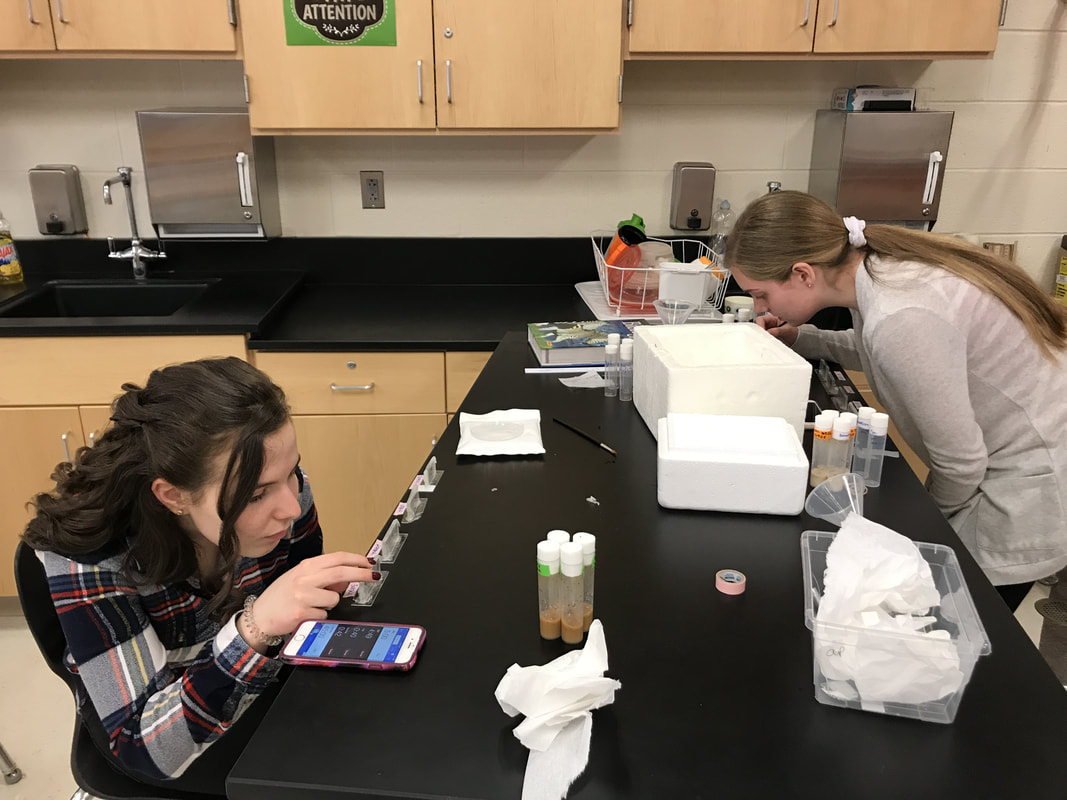
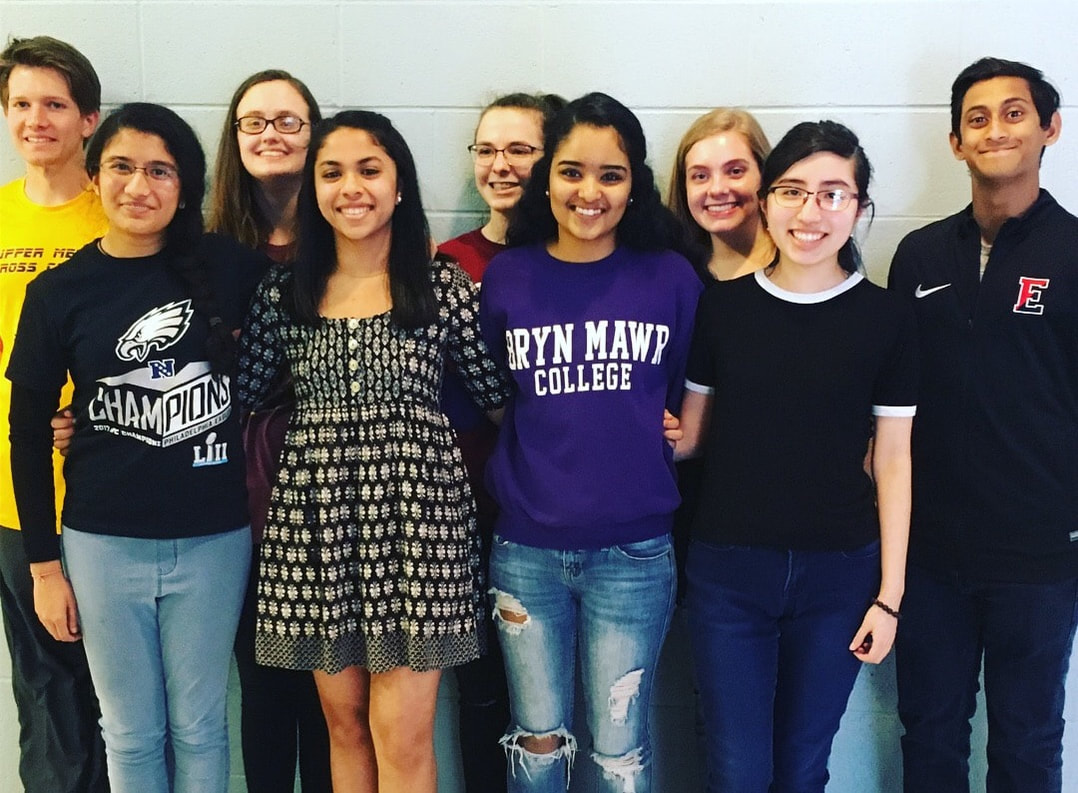
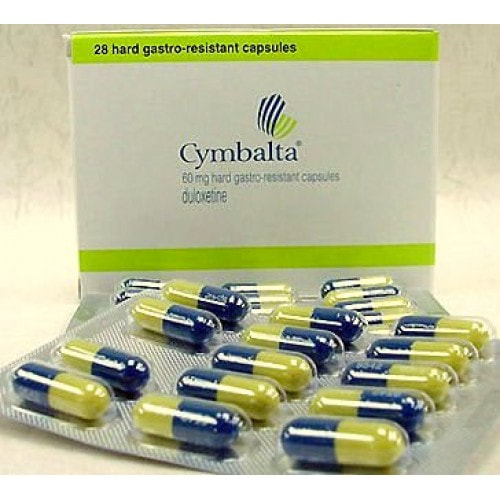
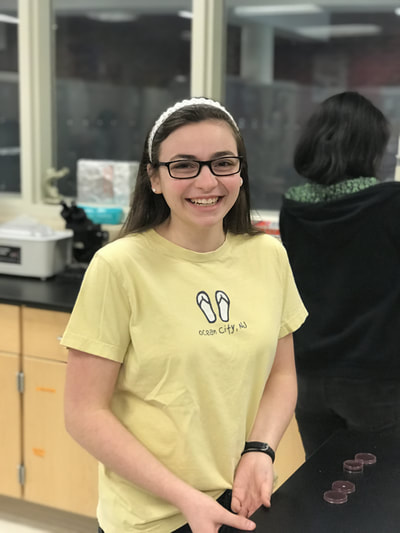
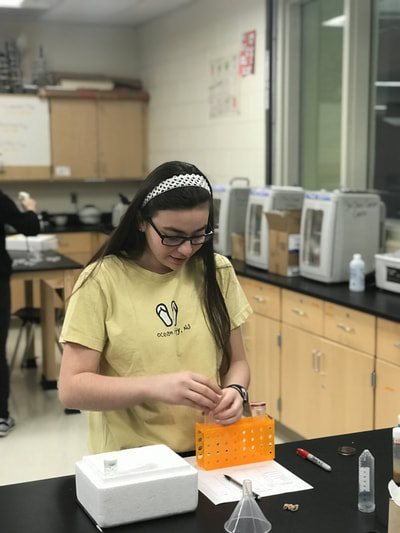
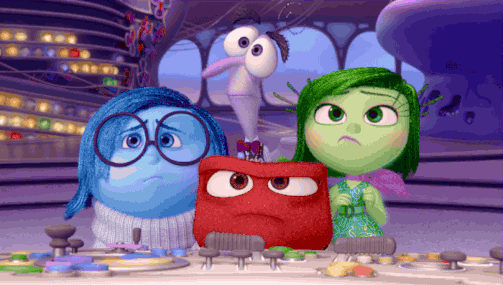

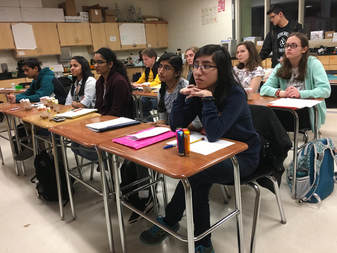



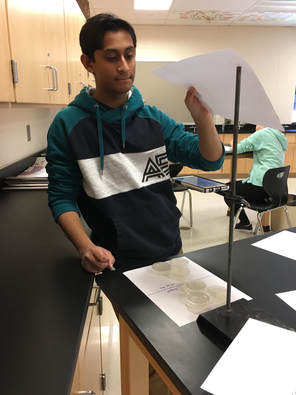

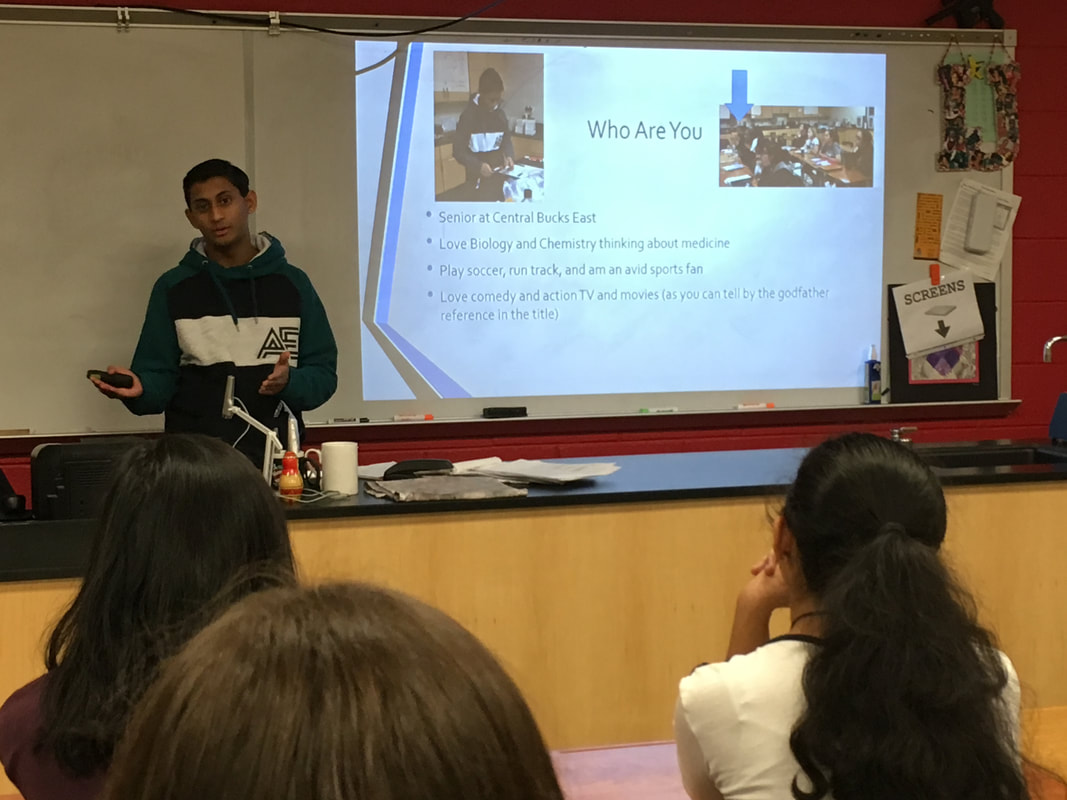
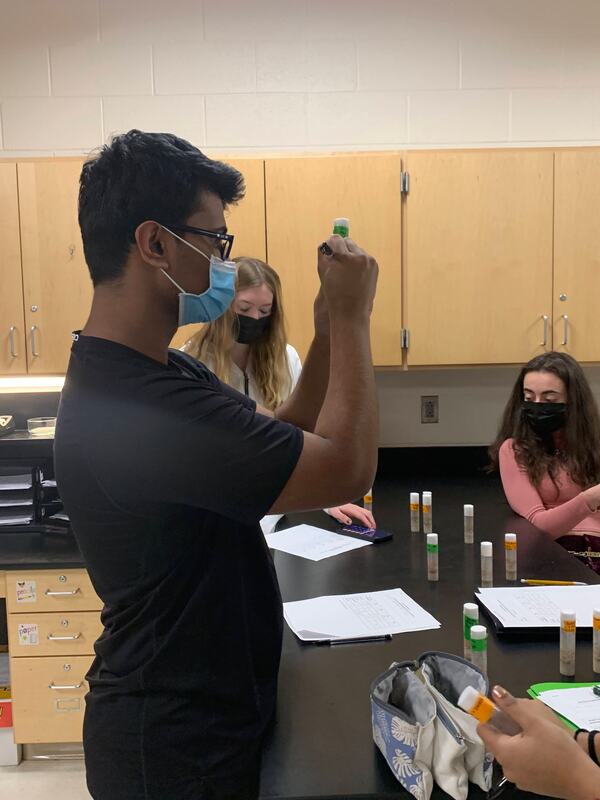
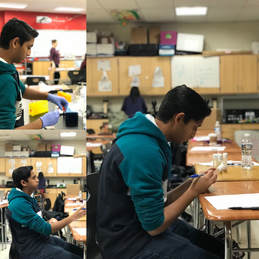



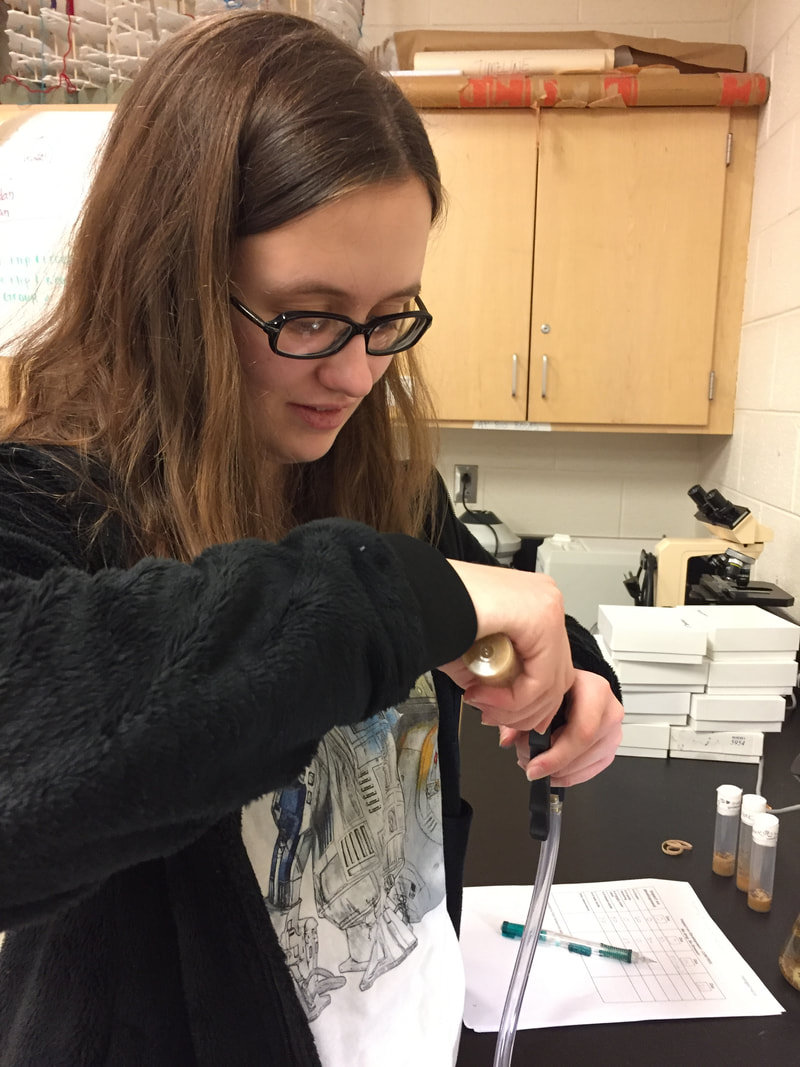

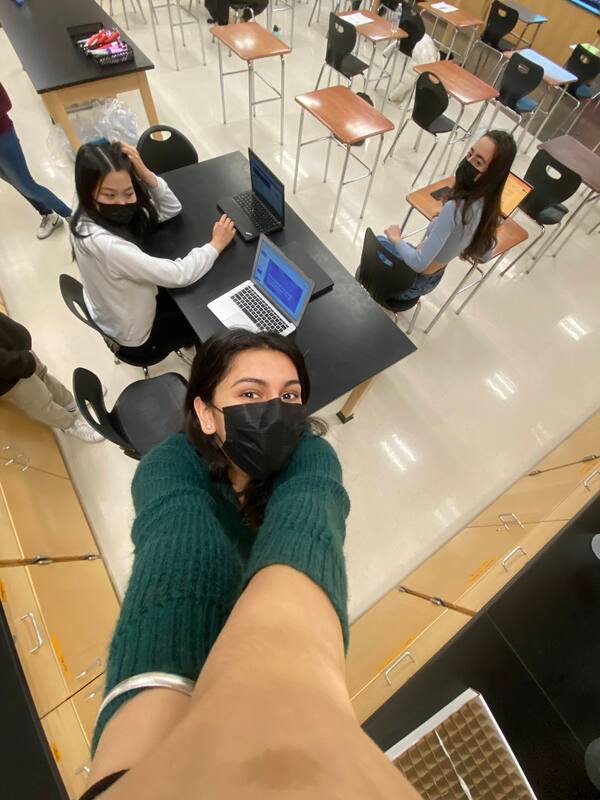
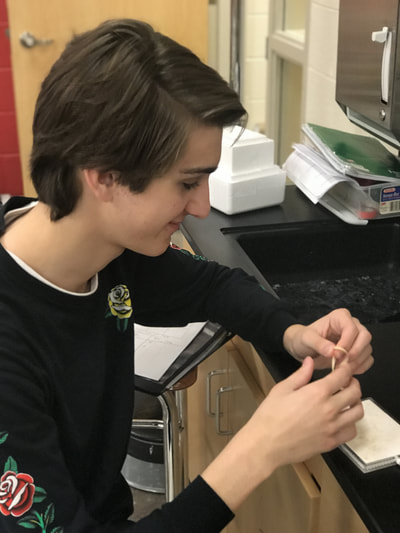
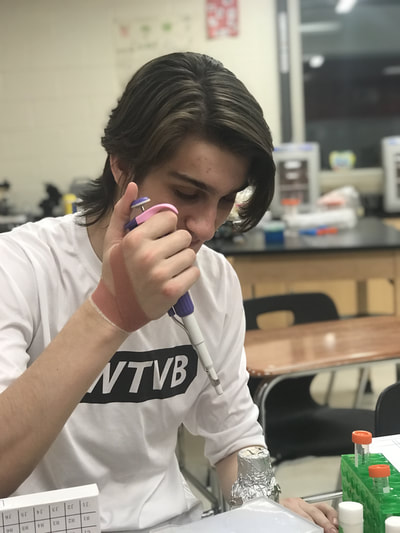
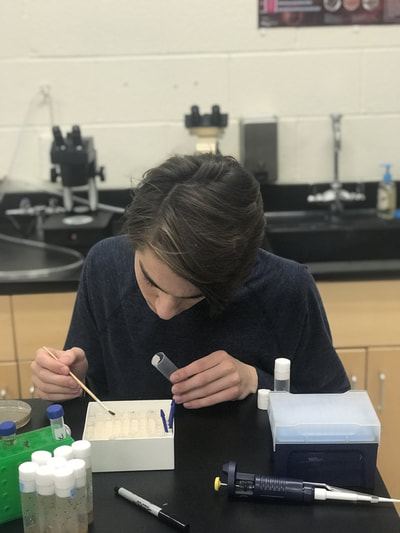
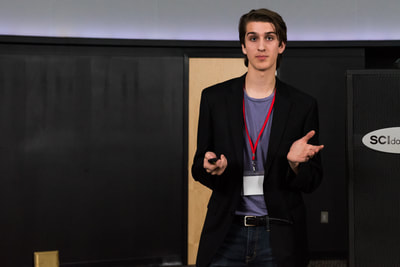


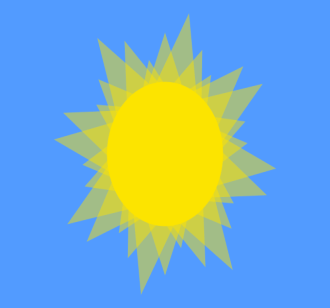
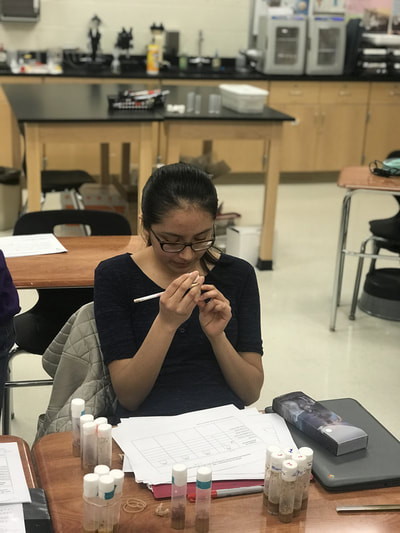
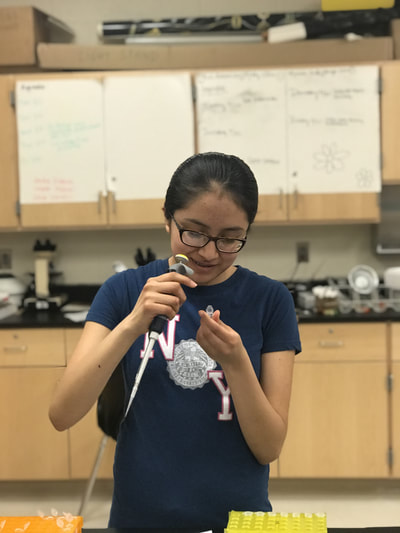


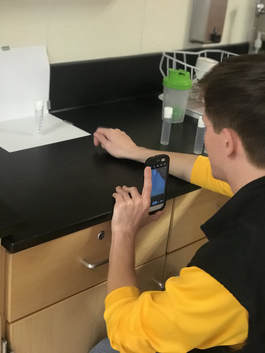



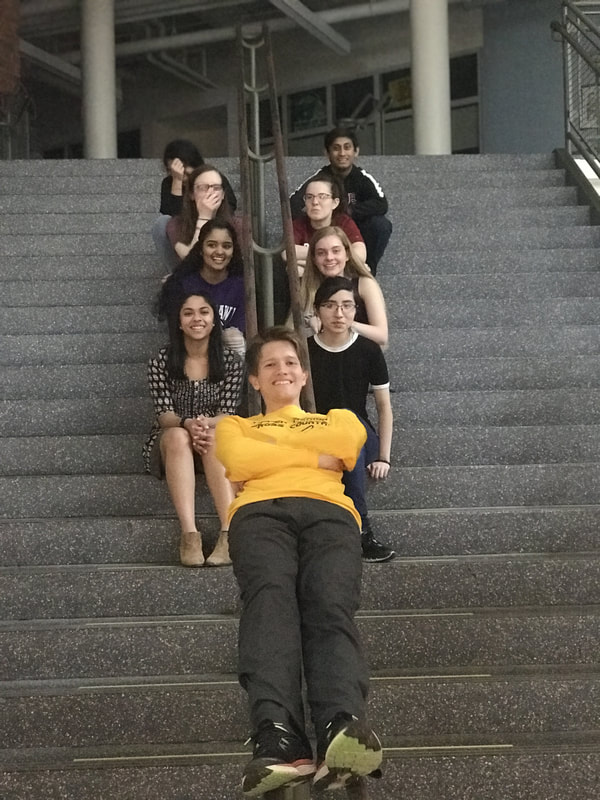

 RSS Feed
RSS Feed